The History of Face Scrubs
One thing about me? I talk a lot. Like, A LOT.
What do I talk about so much? Pretty much everything, but especially two categories: trends I really like and trends I really don’t.
Now, so far on here, I’ve only talked about the stuff I love. But today, you're officially reading the first edition of me talking about a trend I just can’t get behind.
You’ve definitely heard of it. It’s the “clean girl aesthetic” that’s been making the rounds lately.
Let’s get one thing straight: I have no problem with the actual habits or products being promoted under it. Glowy skin, slick buns, minimal makeup? Love that for you.
What bothers me is the way it's being treated like a fresh invention when, honestly, our culture, our roots—AYURVEDA—has been about that life for centuries.
It’s not new. It's not revolutionary.
What is annoying? That people are jumping on the bandwagon just because an “influencer” said it’s cute now.
Table of Contents: |
Like… do they even know that blending turmeric in your kitchen and putting it on your face is literally what empresses and royals were doing way before anyone had a ring light or a 10-step routine?
Face scrub natural was the go-to long before serums were even a thing. Even Cleopatra had her own version.
So come with me as I’m about to take you on a historical glow-up tour that’ll prove these “new” trends have always been ours.
Ancient Origins of Exfoliation Across Cultures
Egypt: Sea Salt, Sour Milk & Royal Rituals
Queens in ancient Egypt, including the OG beauty influencer Cleopatra, used to bath in milk. Being rich in lactic acid (a chemical exfoliant), it helped to remove dead skin and reveal freshness underneath. There are also mentions of royal courts using sea salt scrubs to polish and refine the skin. This was one of those luxurious, hush-hush beauty secrets that was shared only with the high-ranking individuals.

Ancient India: Ubtan Rituals of Kings and Brides
India was no less. In the royal courts of Vedic India, kings and queens pampered themselves with ubtans. Yes, yes, the same sticky paste made of besan, turmeric, sandalwood, curd, and rosewater that your mom keeps pushing you to apply. I bet you never even imagined that it has such a royal legacy associated with it.
Back then, ubtan served a dual purpose: glowing skin and spiritual purification. It was an essential part of the bride and groom’s Solah Shringar. The symbolism behind applying ubtan was to shed their old life and skin before starting a new chapter with their marriage. This was used by both nobles and commoners in their pre-wedding ceremonies and communal rituals.

Middle East & Persian Courts: Clay, Herbs & Hospitality
In Middle Eastern courts, royal women used clay scrubs and herbal exfoliants as part of ritual bathing before diplomatic ceremonies. These scrubs symbolised hospitality and purity, often using aromatic herbs to cleanse before festivals and gatherings.
Ancient China & East Asia: Pearl Powder & Rice Bran
Legend tells of Empress Wu Zetian (Tang dynasty) using pearl powder, known for its ability to brighten the complexion and gently exfoliate. Rice bran and herbal rubs were favoured among court ladies, valued due to their ability to nourish and refine the skin.

Indigenous Tribes: River Sand, Corncobs, and Seashells
Bored with hearing about just royals and courts? Far from courts, tribes across the Americas and Pacific islands used natural exfoliants like dried corncobs, river sands, and crushed seashells to exfoliate skin in cleansing rituals.
The Ayurvedic Legacy of Ubtans & Natural Exfoliants
Royal Tales & Rituals
Ubtan has been more than skincare; it’s an ancient royal’s spa treatment. Kings and queens in Mughal and Rajput courts used saffron-infused milk baths and ubtan rituals before festivals and weddings to enhance glow and purity. A queen’s favourite ubtan recipe might include turmeric, rose petals, sandalwood powder, almond meal, and milk – all ground finely and applied ceremoniously.

Symbolism & Communal Bonding
At wedding times, the application of ubtan was usually group-based. Noble family women shared formulae, rubbed each other's skin, and passed on experience. Such a ritual connection strengthened cultural identity, spiritual union, and preparation for new passages.
Evolution Through the 20th Century
From Folk Wisdom to Dermatology
Natural scrubs like sugar, salt, oatmeal, turmeric, and honey shifted from folk remedies to mainstream beauty regimens. In the early 1900s, chemists like Paul Gerson Unna began formulating chemical peels using salicylic and phenolic acids, helping in medical-grade exfoliation. Yet the efficacy of traditional face scrub natural remained relevant as people sought gentle alternatives.
Cultural Revival & Modern Sustainability
By mid-century, clean beauty movements reignited interest in traditional recipe-derived products. Ubtan resurfaced in bridal markets; turmeric and gram flour scrubs became staples. Ingredients long used in royal courts, like sandalwood, almonds, and fennel, became boutique skincare ingredients, bringing together both folklore and science in environmentally conscious packaging.

The Modern Face Scrub: Science Meets Tradition
Clinical Validation of Ancient Wisdom
Dermatologists today confirm the power of ingredients used in ancient scrubs: lactic acid from milk, salicylic acid from fermenting grapes, turmeric’s anti-inflammatory curcumin, and almond or rice bran’s gentle abrasive texture. Modern cosmetic chemistry adapts these natural exfoliants into clean, stable formats while sustaining traditions.
Face Scrubs in Pop Culture: From Tradition to Celebrity Rituals
The Kardashians: Glam Ritual, Natural Touch
The Kardashian-Jenner clan has brought natural exfoliation into the spotlight, mixing luxury and everyday hacks. Kris Jenner revealed using a steaming terry-cloth washcloth as a “natural exfoliant” in her night routine, saying it “opens pores and softens skin”.
Kim Kardashian’s SKKN line features a “physical-meets-enzymatic” exfoliator she calls her “personal MVP”, with pumpkin enzymes and fine grains for a glow reminiscent of ancient rituals.
Kylie Jenner also promoted her walnut‑powder scrub, thus reviving debate around abrasive natural exfoliants.
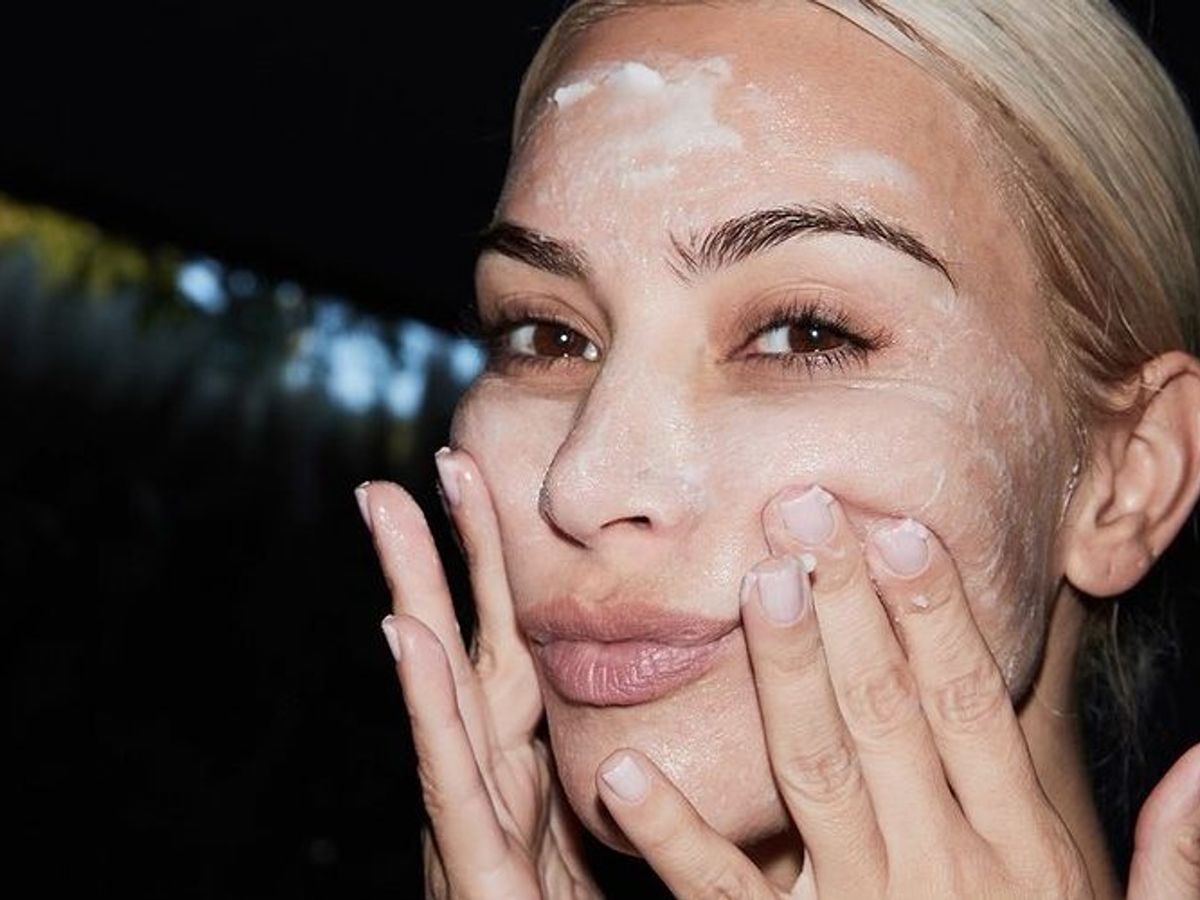
Priyanka Chopra on Vogue
Bollywood icon Priyanka Chopra brought ubtan, DIY sea‑salt lip scrubs, and yogurt‑honey masks to Vogue, crediting them to her mother and grandmother. In her Vogue interview, she shared the recipes to all these classics, emphasising, “Women in India … use natural products. It really does work for me,” highlighting both efficacy and cultural roots.
Korean Skincare Routine
K‑Beauty brands routinely launch rice‑bran or bean‑powder scrubs, which are modern versions of traditional Asian exfoliants.
These pop-culture stories show how face scrub natural isn’t just an ancient remedy; it’s a living tradition, amplified by influencers, royals of modern media, and cultural icons. Their endorsements add to the timeless appeal of natural ingredients: gentle, effective, and deeply connected to personal heritage.

Conclusion
From Cleopatra's salt-and-milk baths to Vedic brides radiating ubtan, from Chinese empresses gliding their skin with pearl powder to tribal ceremonies employing crushed shells, natural face scrub has long combined beauty and culture, the sacred and the social. These enduring rituals still have a message for today's self-care: that the softest, most radiant skin often starts with nature's most basic gifts.
Taking these rituals on board today, whether combining chickpea flour and turmeric in your kitchen or opting for a scrubbing exfoliator from a tradition-grounded past, links us to centuries of knowledge and the regal sheen of the past.
Related Articles
Battle of the Beauty World: Face Scrubs Vs Face Masks





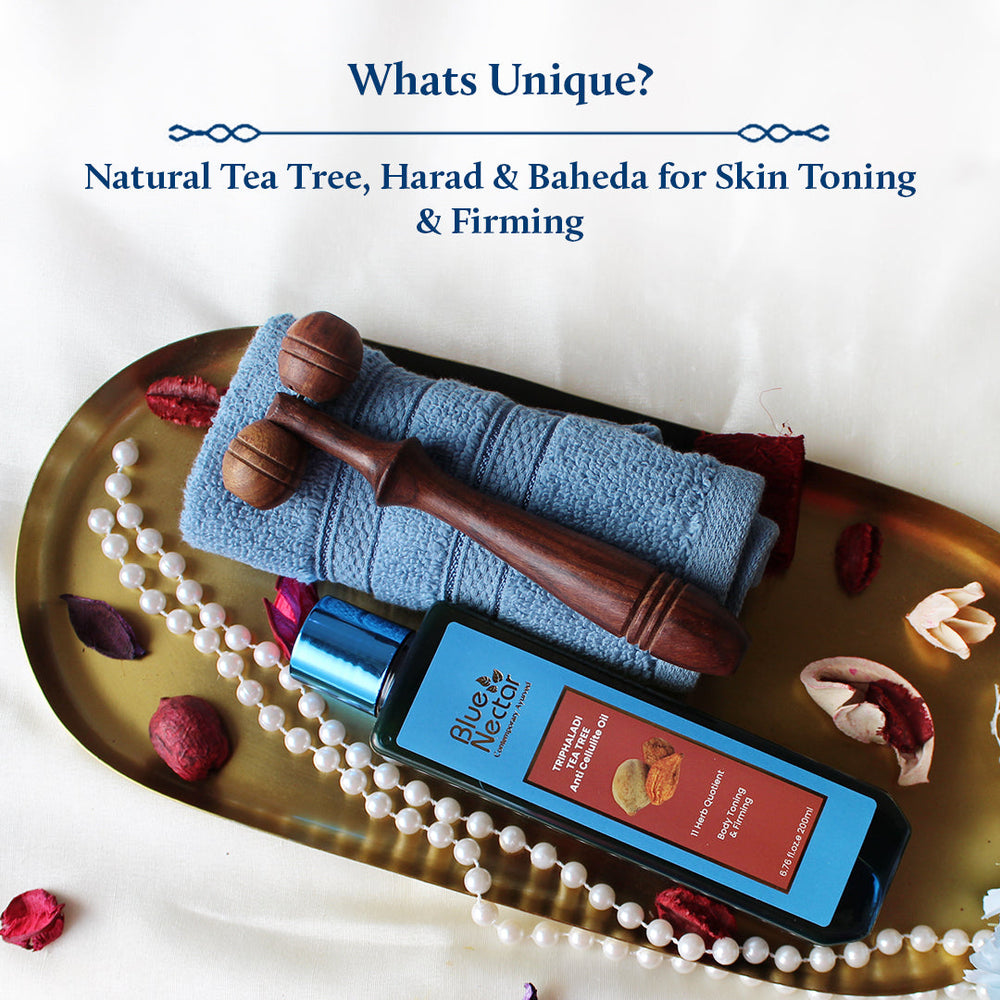

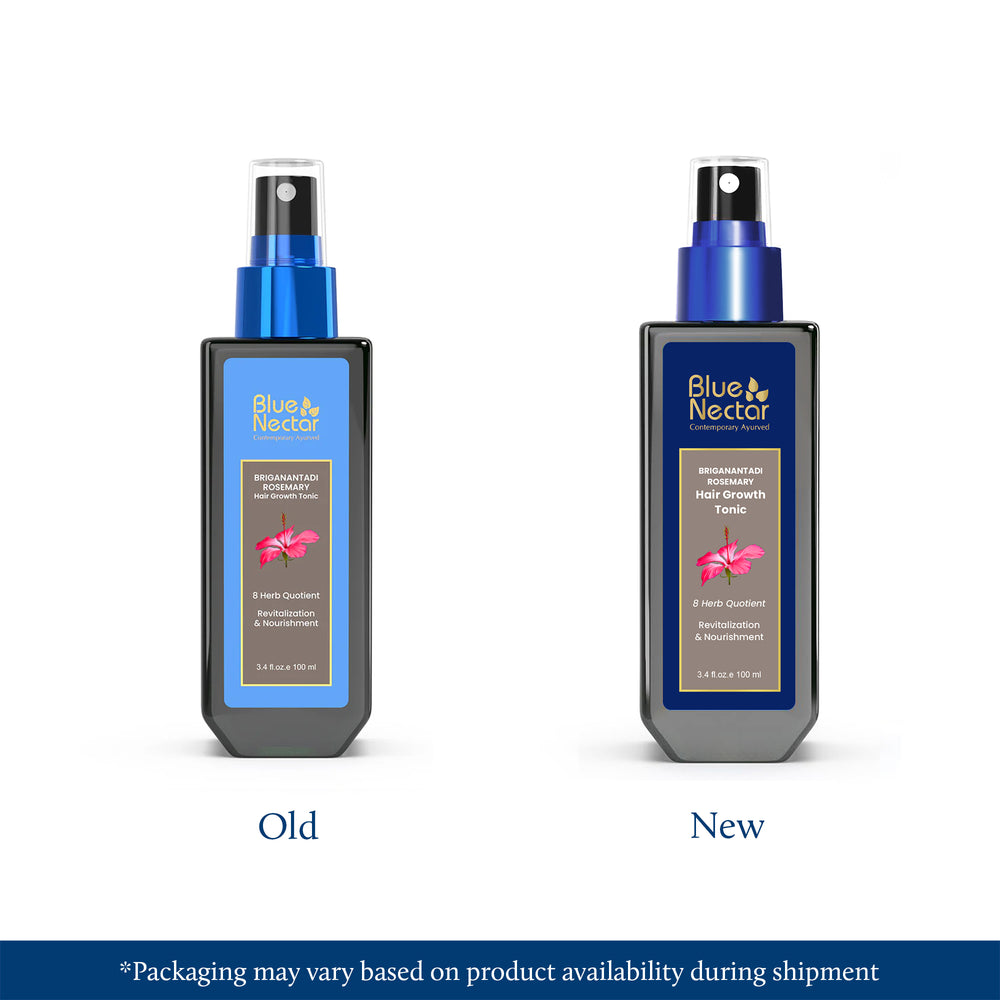
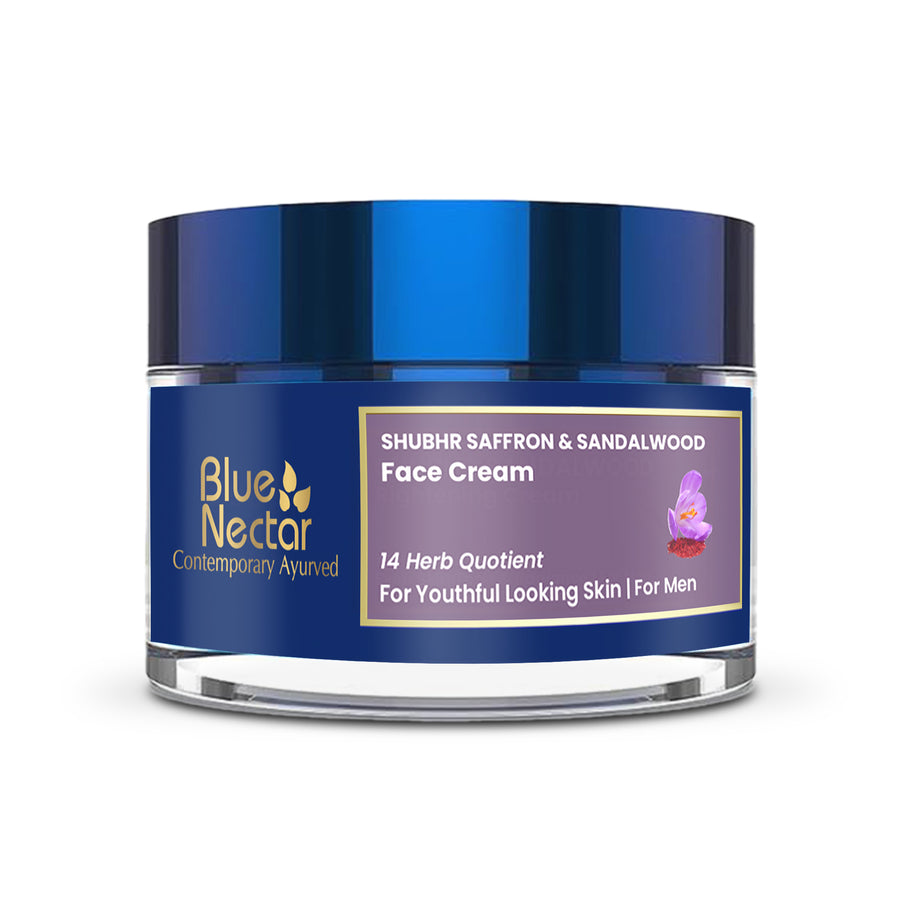
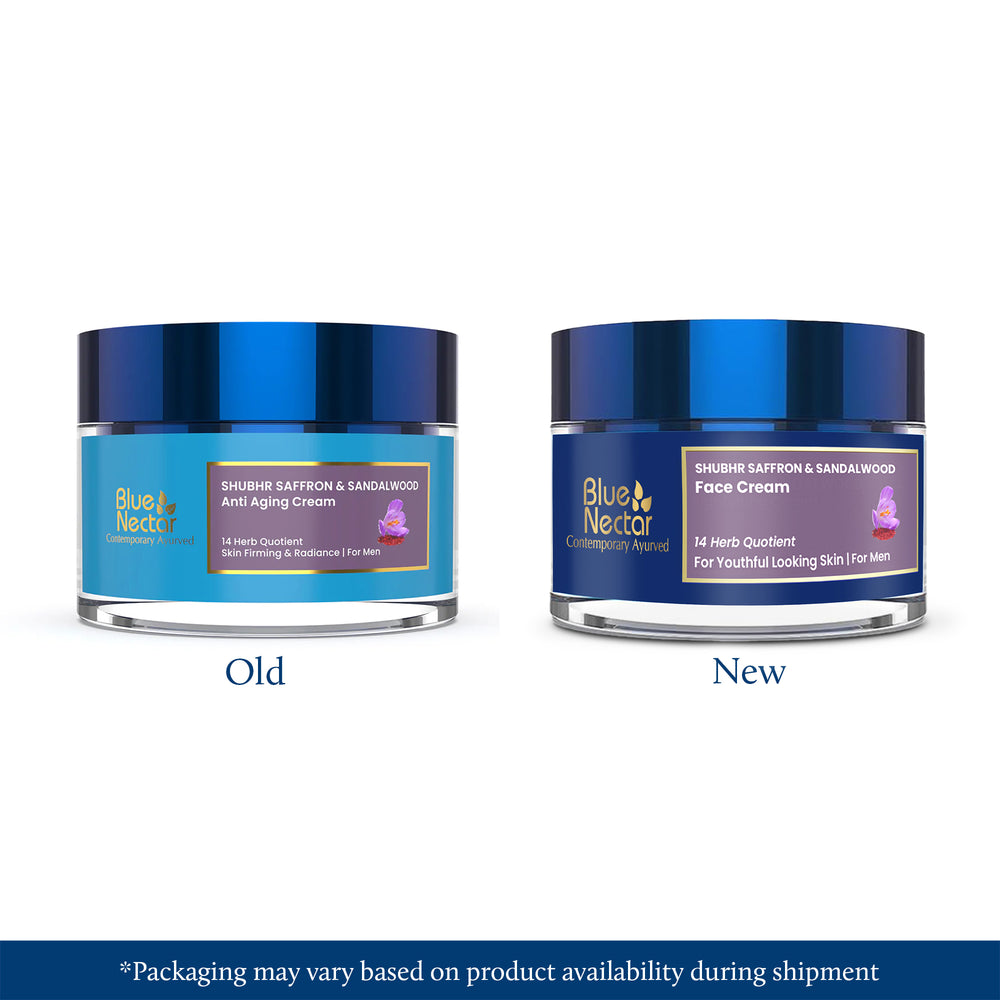
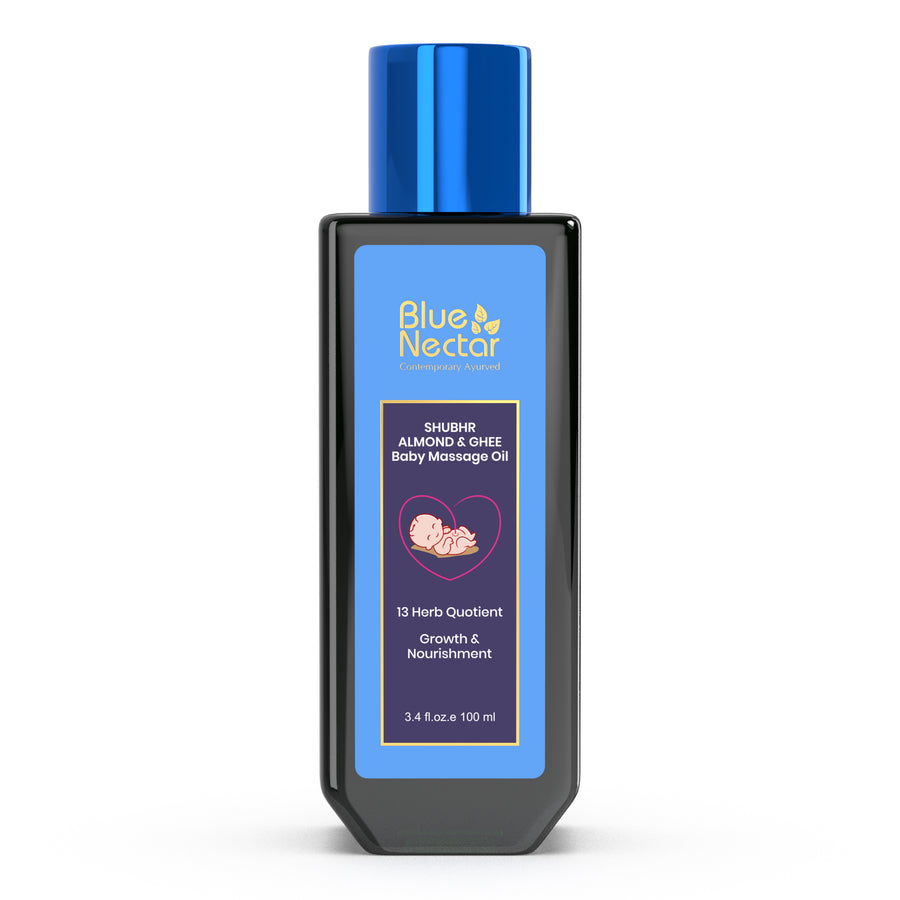
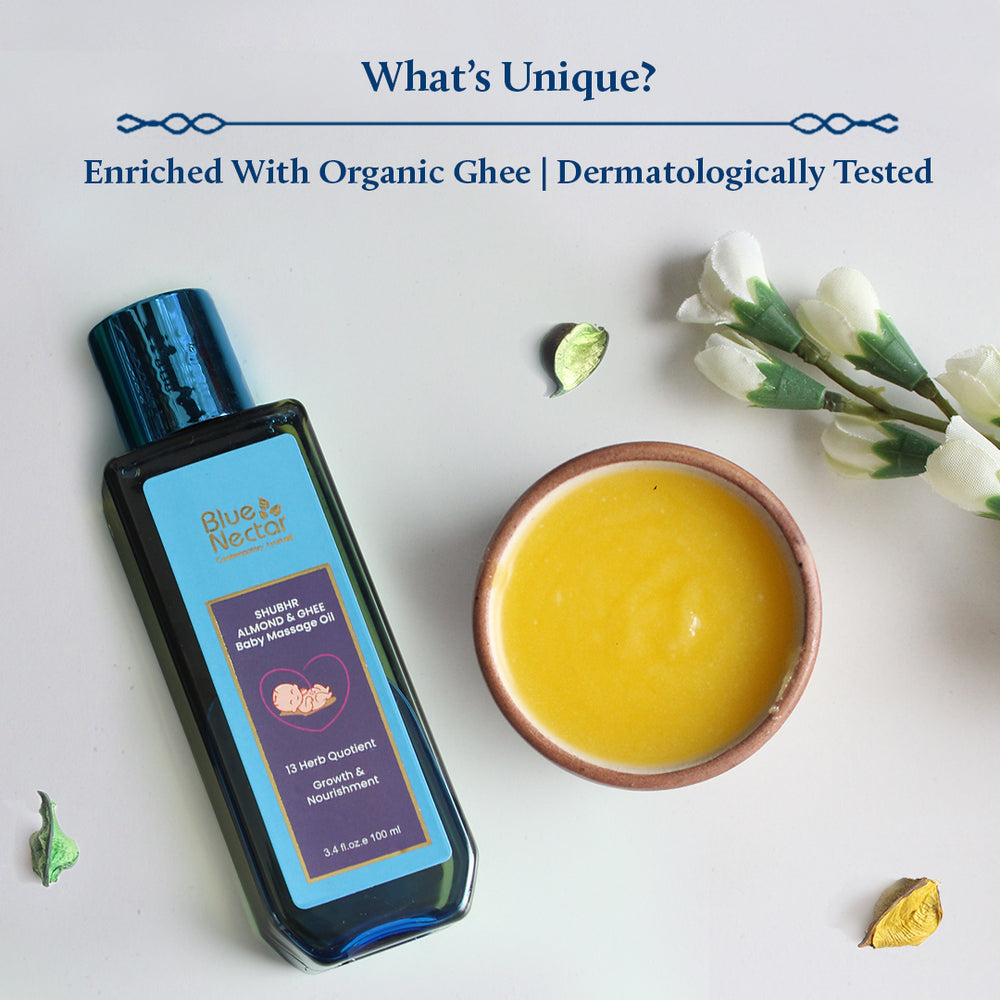
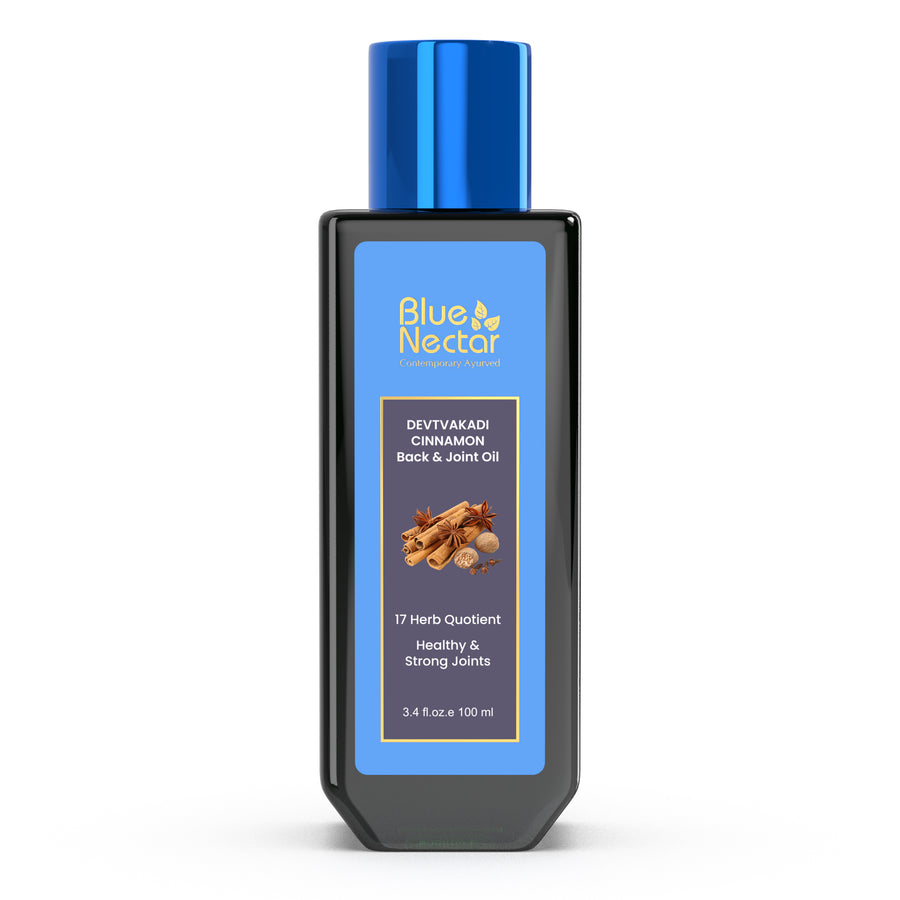
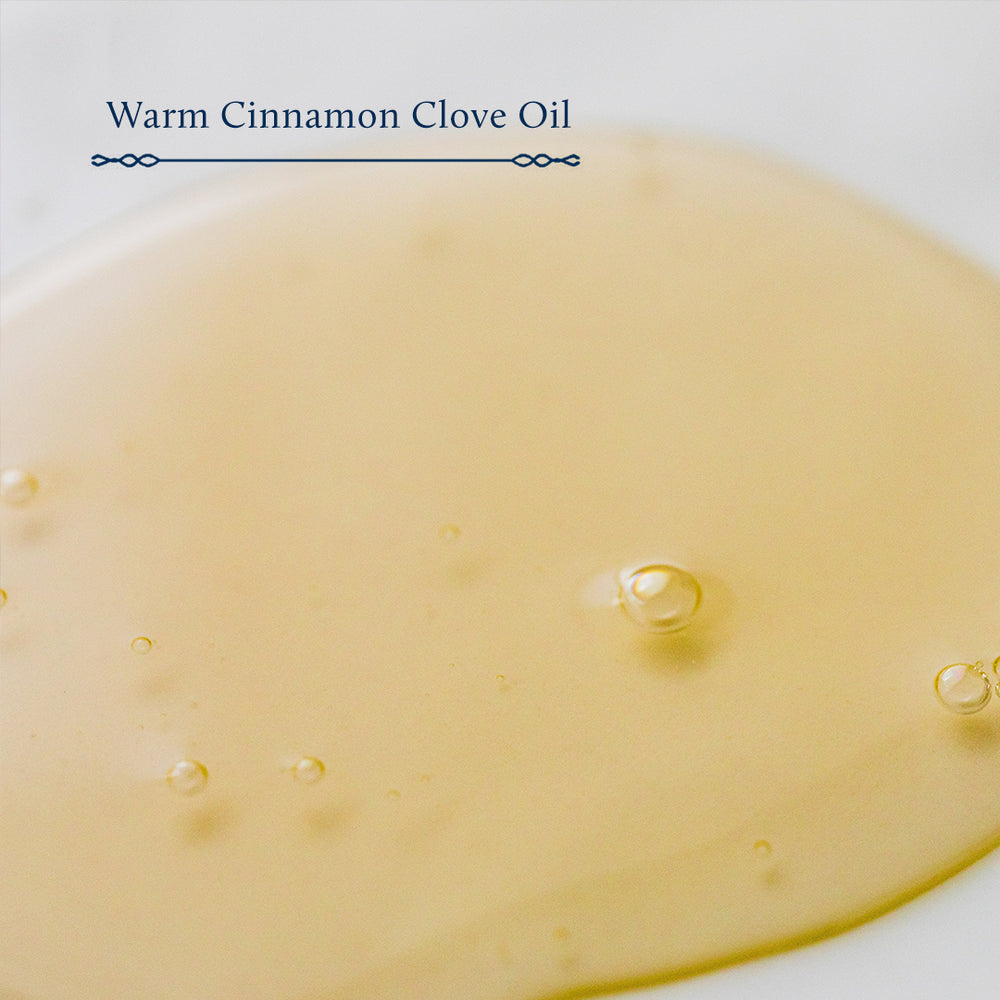


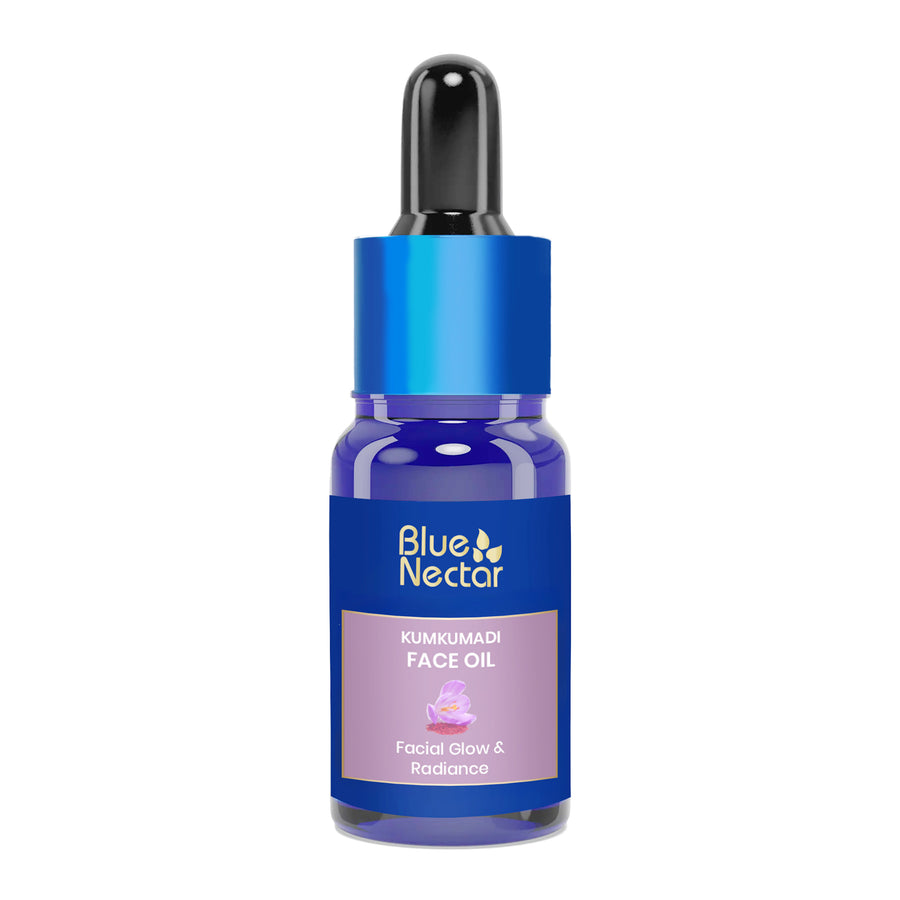
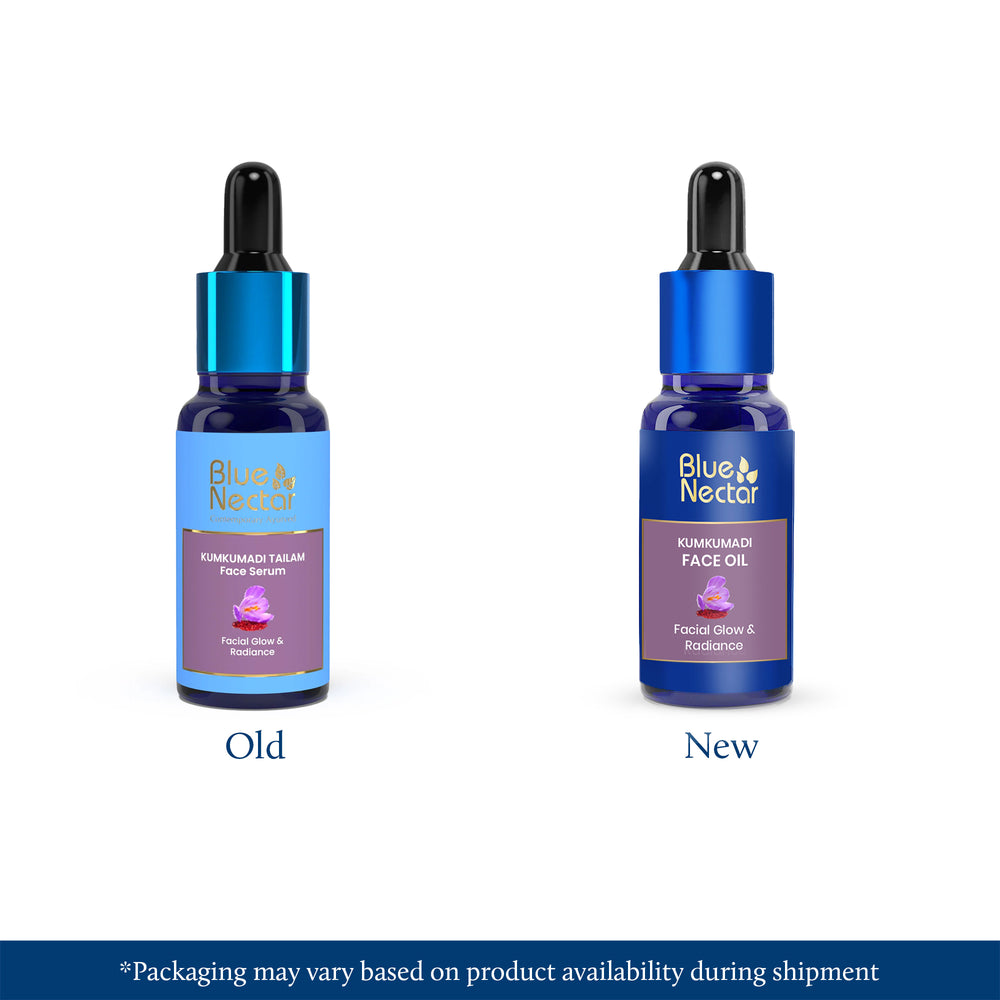

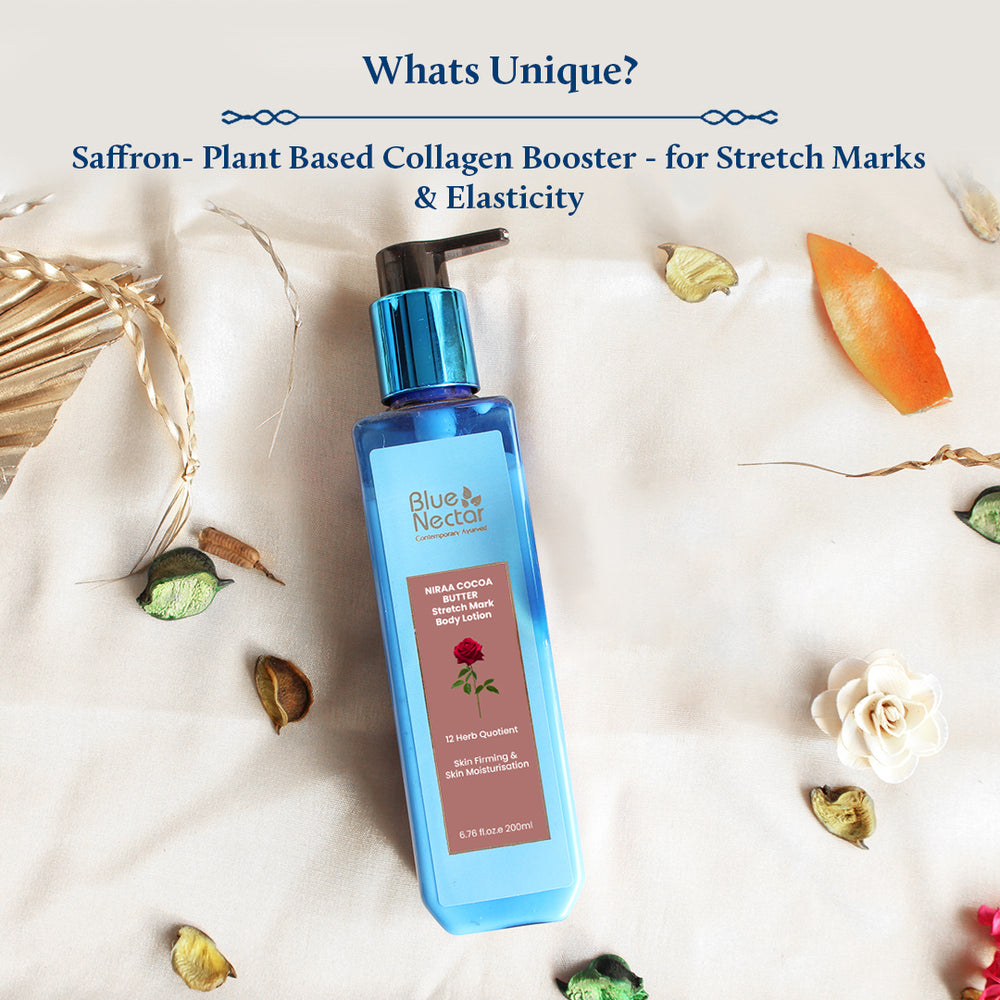
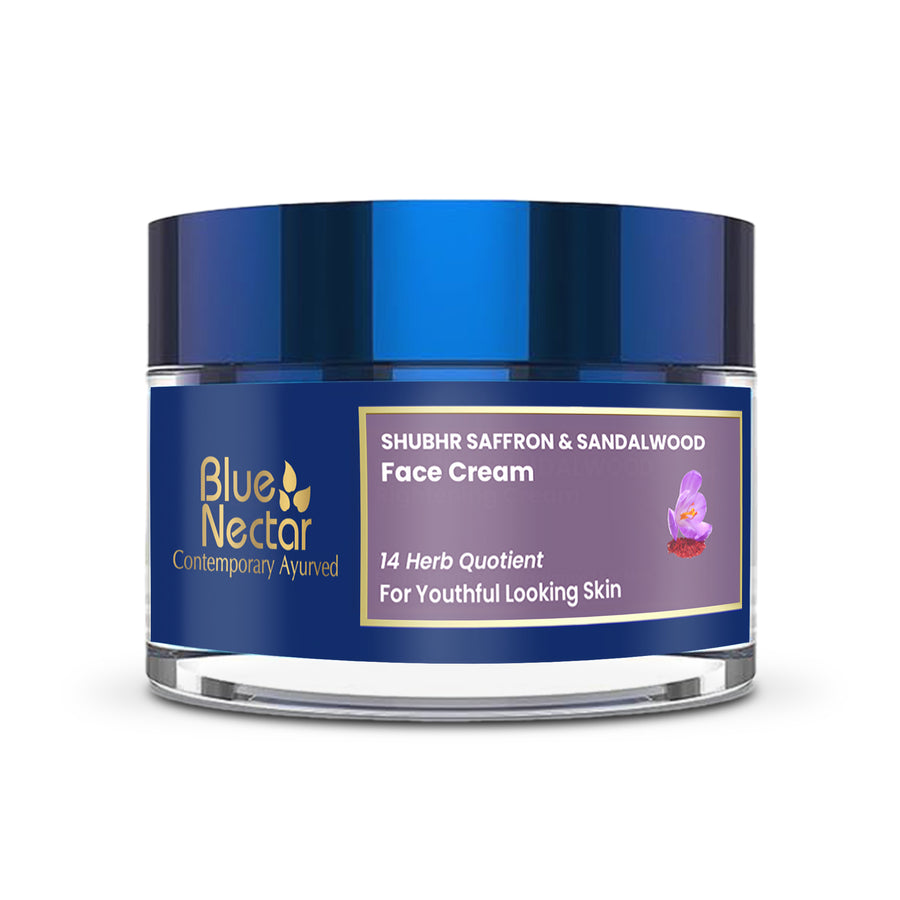

Leave a comment